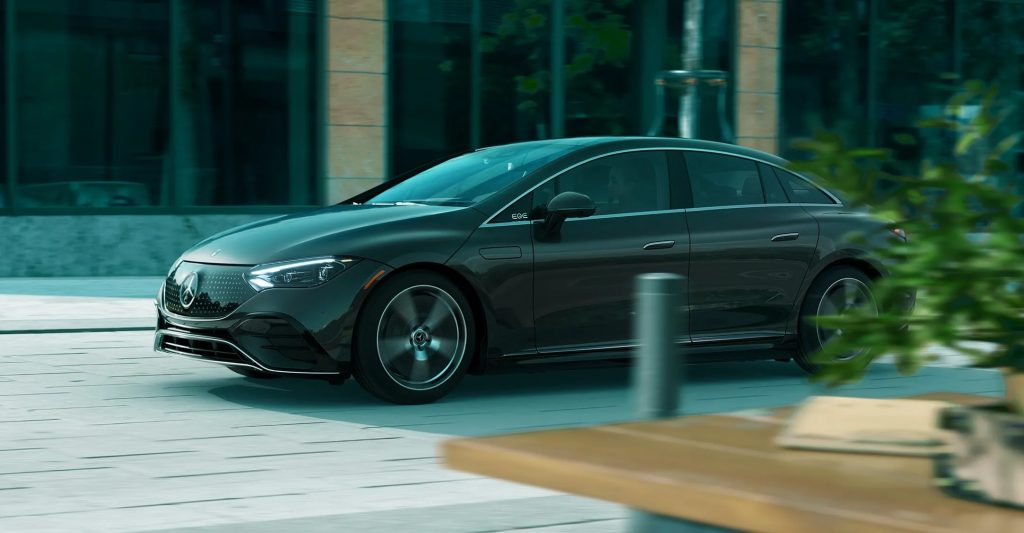
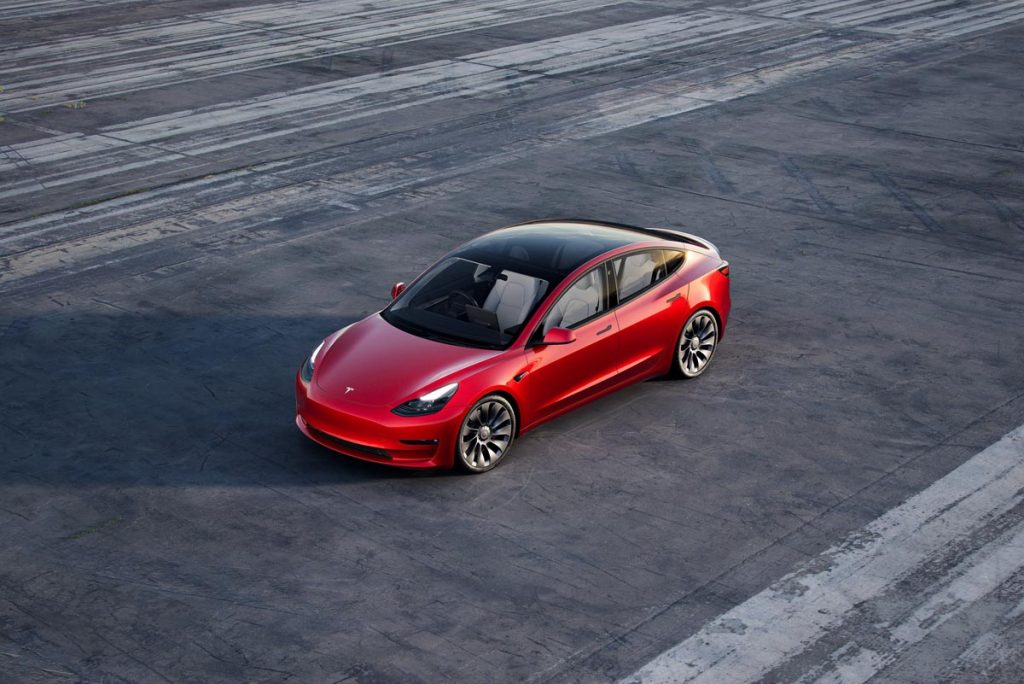
In South Korea, a Mercedes EQE 350 in an underground parking garage caught fire and damaged almost 900 other vehicles in the parking facility. It took eight hours to extinguish the fire. Fire suppression facilities in the building were not adequate to put out an EV fire, nor was the fire fighters’ equipment. Twenty-three people were hospitalized for smoke inhalation and 200 families had to evacuate their apartments. Mercedes has set aside a fund to compensate residents for their losses. In the aftermath of this incident several EV makers have begun disclosing the identity of their battery suppliers to Korean authorities, so that potential links between EV fires can be identified more quickly.
In California, a Tesla electrified tractor trailer caught fire on Interstate 80 last September and triggered a shutdown of the highway for 12 hours. First responders at the scene secured a large perimeter around the fire to prevent injuries from toxic fumes. Crews poured 50,000 gallons of water on the blaze to extinguish the fire, amid concerns that it would reignite. That’s many times the volume of water and chemical retardants required to extinguish a diesel truck fire.
Last week, the driver of a speeding Tesla Model 3 lost control on Toronto’s Lakeshore Boulevard and crashed the car, which caught fire. A bystander was able to break a side window, and one occupant climbed or was pulled out — the other four, who may have been trapped inside or were immobilized by their injuries, perished tragically. Part of the battery pack was thrown clear of the vehicle by the violence of the collision. Fire fighters buried the “hot” battery component in sand in a dumpster, and it was carted away for safeguarding. Experience gained with lithium-ion batteries in small mobile devices like scooters indicates that they can re-ignite spontaneously over the next few days. (Note: the Model 3 features software that permits the vehicle owner to limit its top speed and reduce acceleration, as well as impose a form of curfew, when it is lent to a less experienced or more risk-taking driver.)
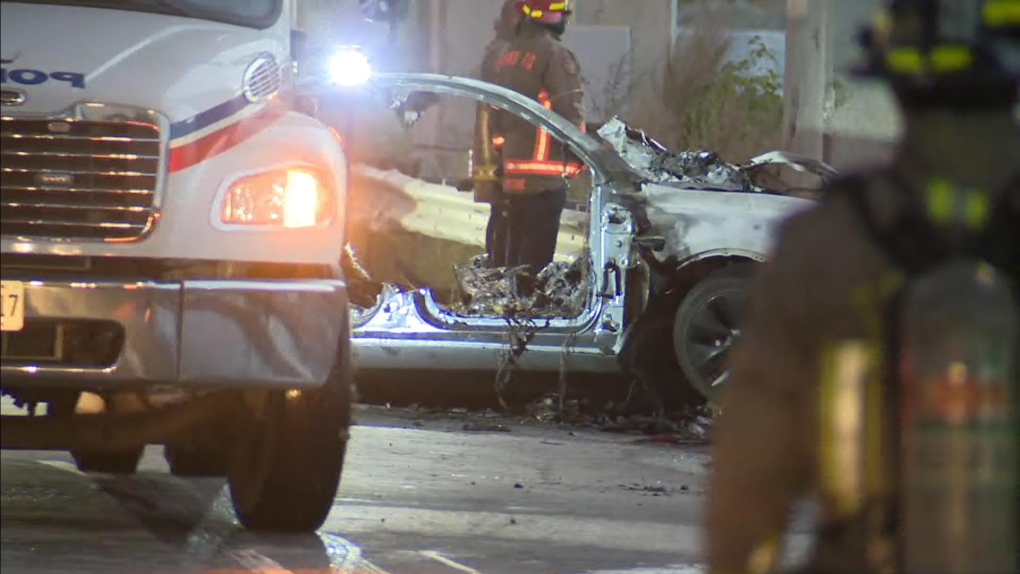
EV fires burn at much higher temperatures than fires in conventional vehicles. And lithium-ion batteries do not require external oxygen to burn. You do not “smother” a lithium-ion battery fire by pouring water over it to deprive the fire of oxygen. The objective of spraying water on an Li battery fire is to cool the battery pack to below the temperature where it experiences a “thermal runaway.” The APA has been told that some lithium-ion batteries may be more prone to thermal runaway than others. The LFP battery chemistry used on some Tesla vehicles that were imported to Canada from China is reported to be more resistant to thermal runaway than the NCA battery chemistry used in the majority of EVs. NCA batteries offer superior performance to LFP.
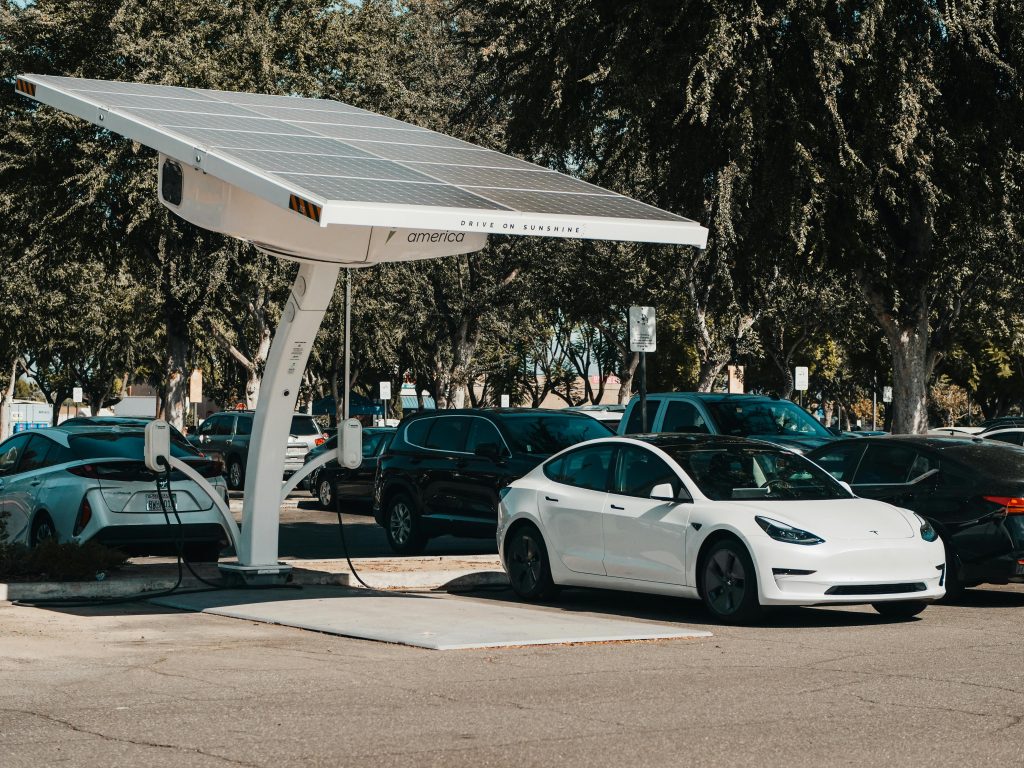
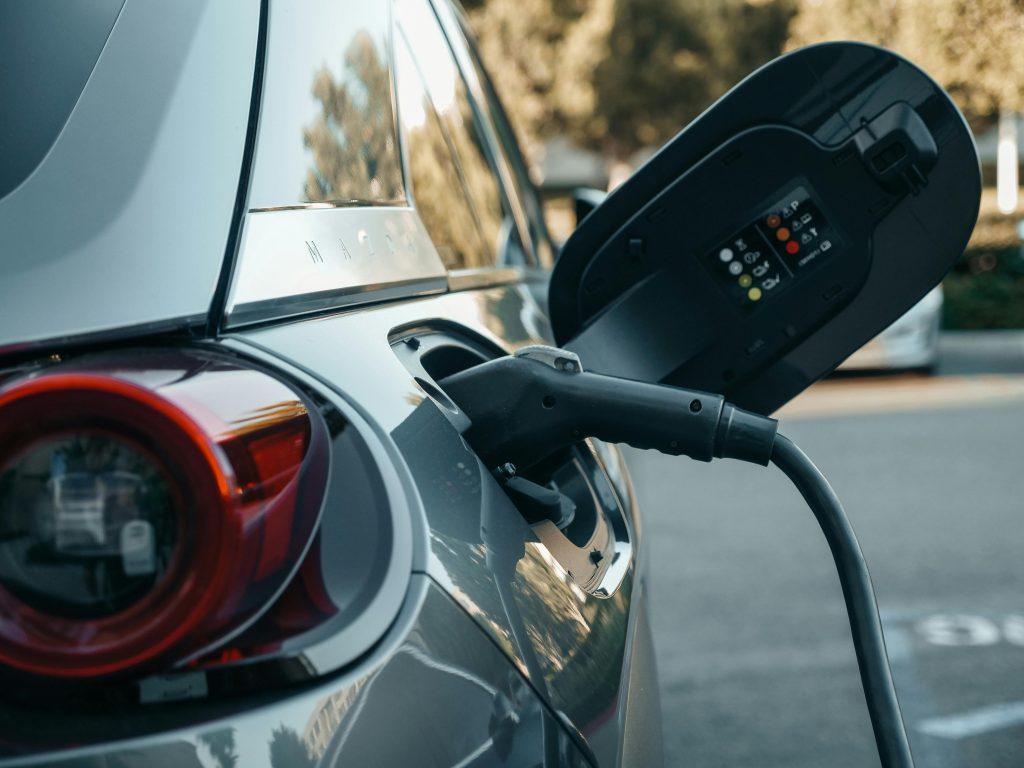
The frequency of EV fires is low in comparison to gasoline vehicles, but that is only part of the story. EV fires are of concern because their chemistry, intensity and suppression are very different from a typical gasoline vehicle fire. In Canada there is no central registry that captures all vehicle fires. Based on reports from provincial regulators and insurance companies, Transport Canada has estimated from that there are about 10,000 vehicle fires a year in Canada from all causes. Of those, less than 200 a year are considered potential vehicle safety defects and reported to Transport Canada. Given the increasing presence of EVs in the vehicle fleet, there is an obvious need for better reporting to Transport Canada’s defect investigations service. Several years ago, Transport Canada conducted a consultation that looked at requiring the automakers to report safety-related complaints to the government regulator so defect patterns would emerge more quickly. So far that hasn’t happened. It’s time the automakers were required to share their information on emerging safety defects with Transport Canada — when it comes their EV battery suppliers, the automakers are already doing it in Korea.
